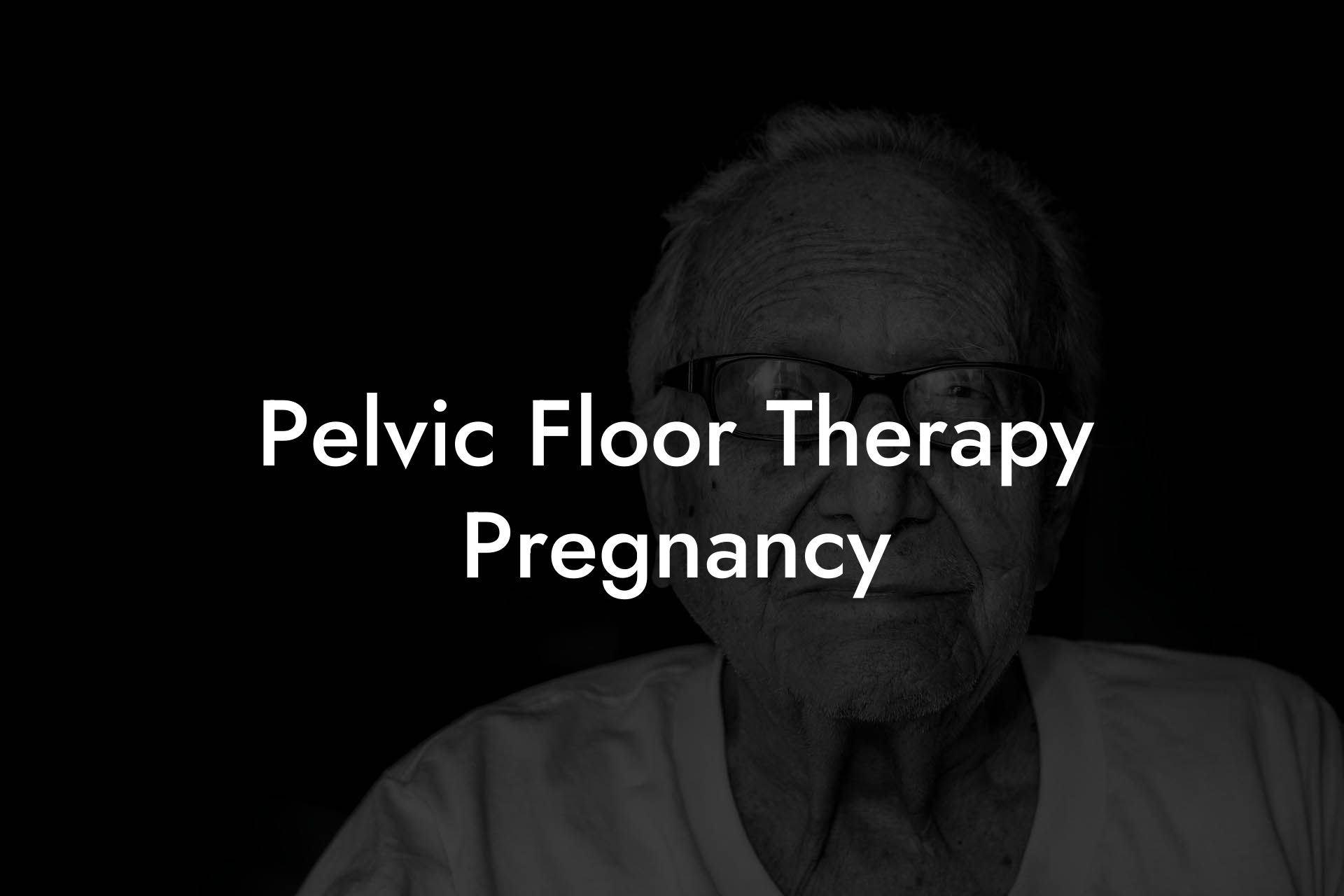Pregnancy and childbirth are beautiful, miraculous experiences that bring new life into the world. However, they can also be physically demanding on a woman's body, particularly the pelvic floor muscles. If left unattended, weakened pelvic floor muscles may lead to complications such as urinary incontinence and pelvic organ prolapse. That's where pelvic floor therapy comes in, offering a natural and holistic solution to maintaining pelvic health during and after pregnancy. In this comprehensive guide, we will delve into the importance of pelvic floor therapy, the benefits and exercises involved, and precautions to consider.
What is pelvic floor therapy?
Pelvic floor therapy is a specialized form of physiotherapy that targets the muscles, ligaments, and tissues surrounding the pelvic floor. These muscles play a crucial role in maintaining stability in the lower back and pelvis, supporting the pelvic organs and controlling bladder and bowel function. Pelvic floor therapy aims to strengthen the pelvic muscles, improve coordination, and provide support during and after pregnancy.
Benefits of pelvic floor therapy during pregnancy
Reduced risk of urinary incontinence: Strengthening pelvic floor muscles reduces the risk of stress urinary incontinence, a common issue experienced by pregnant women and new mothers.
Improved birth experience: Strong pelvic muscles aid in pushing and can shorten the duration of the second stage of labor, leading to a smoother delivery process.
Faster postpartum recovery: Pelvic floor therapy helps to repair and rebuild muscles, improving recovery after childbirth.
Reduced risk of pelvic organ prolapse: Pelvic organ prolapse is the descent of one or more pelvic organs due to weakened pelvic muscles. Strengthening these muscles helps prevent prolapse from occurring.
pelvic floor exercises during pregnancy
kegel exercises: Contract the pelvic floor muscles, as if trying to stop urination or passing gas. Hold for 3-5 seconds, then relax for the same time, and repeat. Aim for 10-15 repetitions, three times a day.
Squats: Stand with feet hip-width apart, lower into a squatting position, keeping the chest lifted and focusing on engaging the pelvic floor muscles. Return to standing position and repeat 10-15 times.
Bridge pose: Lie on the back with knees bent and feet flat on the floor. Tighten the pelvic floor muscles while lifting the hips off the ground, keeping the spine straight and core engaged. Lower back down and repeat for 10-15 repetitions.
Precautions during pregnancy
- Always consult with your healthcare provider or a specialized therapist before starting pelvic floor therapy, to ensure it is safe for your specific condition.
- Listen to your body; if an exercise causes pain or discomfort, stop immediately and seek professional guidance.
- Do not overexert the pelvic floor muscles; over-strengthening them might lead to difficulties relaxing during childbirth.
- Remember to breathe; holding the breath while exercising can cause intra-abdominal pressure, which can weaken the pelvic floor muscles.
In conclusion, pelvic floor therapy during pregnancy offers a natural and beneficial approach to managing pelvic health. By incorporating these exercises into your routine, you can improve your birth experience, recover faster after delivery, and support long-term pelvic well-being. Remember to always consult with a healthcare professional before starting any therapy, and don't hesitate to share this guide with other expecting mothers or those recovering postpartum. Together, let's embrace pelvic floor therapy as an essential component of women's health and wellness.













